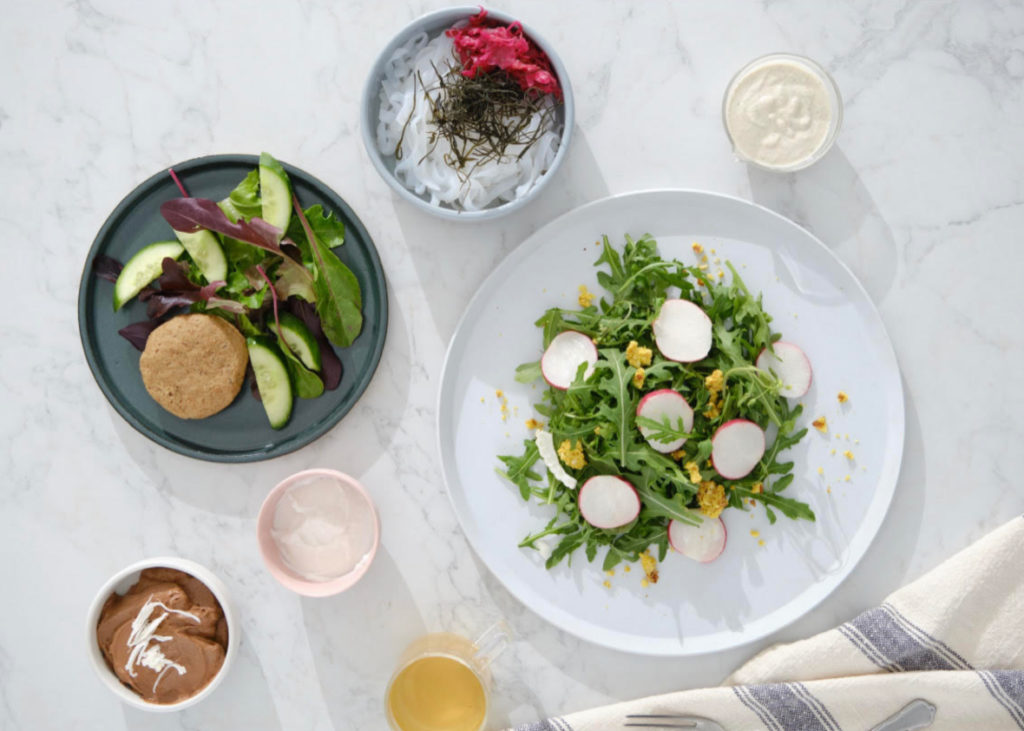
Coconut Yoghurt Cream with Mustard & Mulberry Leaf Powder
If you’re looking for a natural way to support blood

Kick-start, energise, rejuvenate
All carefully planned and prepared to help nourish, reset and rejuvenate the body and mind.

Chemical sunscreen is a controversial topic. Sunlight does have a wide range of benefits including production of vitamin D, preventing cardiovascular disease, Alzheimer disease/dementia, myopia and macular degeneration, diabetes and multiple sclerosis.
At the same time Ultraviolet radiation from the sun, in many studies has been implicated to cause inflammation, oxidative stress and free radical damage.
Many sunscreens have chemicals including oxybenzone, avobenzone, octisalate, octocrylene, homosalate, and octinoxate, which raise some concerns as they can cross into the skin and other tissue, and many of these chemicals are endocrine disruptors.
Most sources and dermatologists recommend sunscreens with non-nano zinc oxide and titanium dioxide as active ingredients. They create a physical barrier to protect the skin from the sun.
I encourage you to do your own research on whether you wear your screen, or avoid the sun altogether but what if I tell you there are foods that can protect you from the inside out?
CAROTENOIDS
Colourful fruits and vegetables are your best friend. Think tomatoes, carrots, Goji berries, watermelon, for cell quenching action and photoprotective action on the skin.
ISOTHIOCYANATES
Sulfur containing phytochemicals found in vegetables such as broccoli, kale, turnips, cauliflower, and radishes have anti-carcinogenic properties. Sulforaphane in these vegetables containing isothiocyanate, works inside cells by boosting the production of a network of protective enzymes that defend cells against many aspects of UV damage.
ANTIOXIDANTS
Antioxidants can be found in many botanicals. They can neutralise free radicals that occurred from the sun damage and are anti-ageing catalysts.
Look for berries, pomegranate, beans, other bright colour fruits and vegetables, goji berries, Chaga mushroom, ashitaba, marine phytoplankton
Specific vitamins to note are Vitamin A, C, E, CoQ10, glutathione, and Alpha Lipoic Acids.
POLYPHENOLS
Polyphenols are a group of phytochemicals found in fruits, vegetables, and herbs. Examples pomegranate, raspberry, wholegrain cereal, other colourful fruits and vegetables, soy beans, green tea, red grapes, and citrus fruits.
They protect the body’s tissues against oxidative stress, anti-inflammatory and have protective effects against phtocarcinogenic and phototoxicity.
Many herbs and spices contain a high level of polyphenols incuding Lemon balm, rosemary, sage, peppermint, thyme as well as turmeric.
BETA-GLUCANS
Beta-glucans can be found in mushrooms such as Reishi, chaga, turkey tail, and bran, wheat germ, oat and barly. They work as a biological response modifier. They help to maintain glutathione levels in the cells after UV exposure with an ability to repair UV-induced oxidative damage
ESSENTIAL FATTY ACIDS
EFAs can attract water to hydrate cells and connective tissues as well as to prevent further water loss. They include omega 3, 6, 9 found in fish, brocolli, kale, spirulina, Acai, sea buckthorne, durian and many nuts and seeds. EFAs strengthen skin barrier function and they are anti-viral, anti-bacterial, antifungal and anti-inflammatory, having cell and cell membrane repairing abilities.

If you’re looking for a natural way to support blood

Despite growing threats to our well-being, the human longing for

There are herbs and mushrooms that make waves in the
Copyright Shoku Iku © 2024 | All Rights Reserved.
The statements on this website have not been evaluated by the TGA or FDA. These products are not intended to diagnose, treat, cure or prevent any disease.
Sign up to receive your discount.